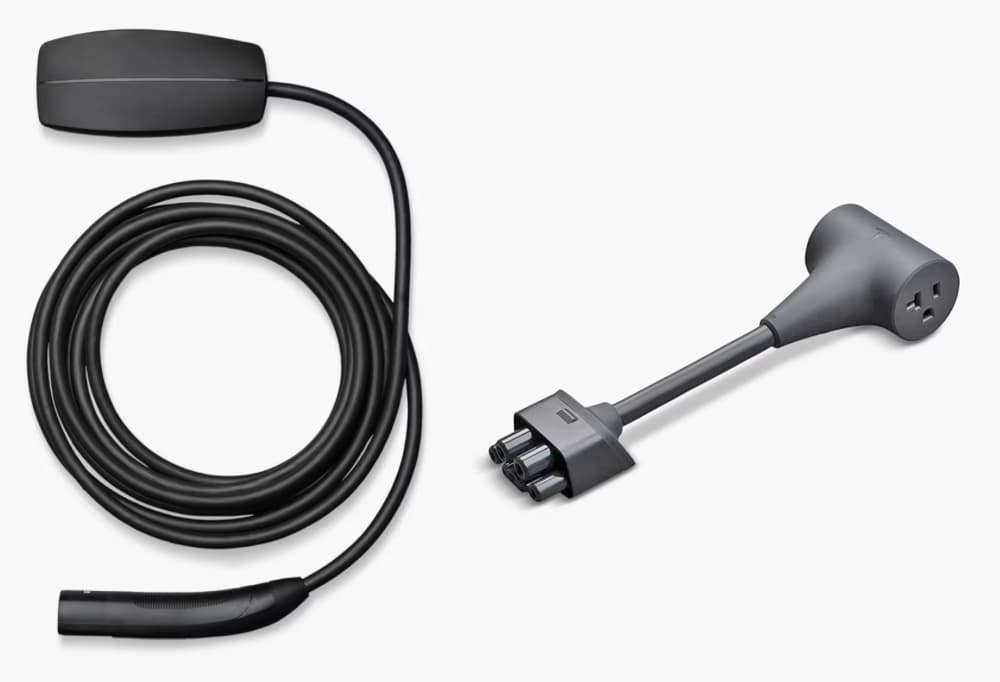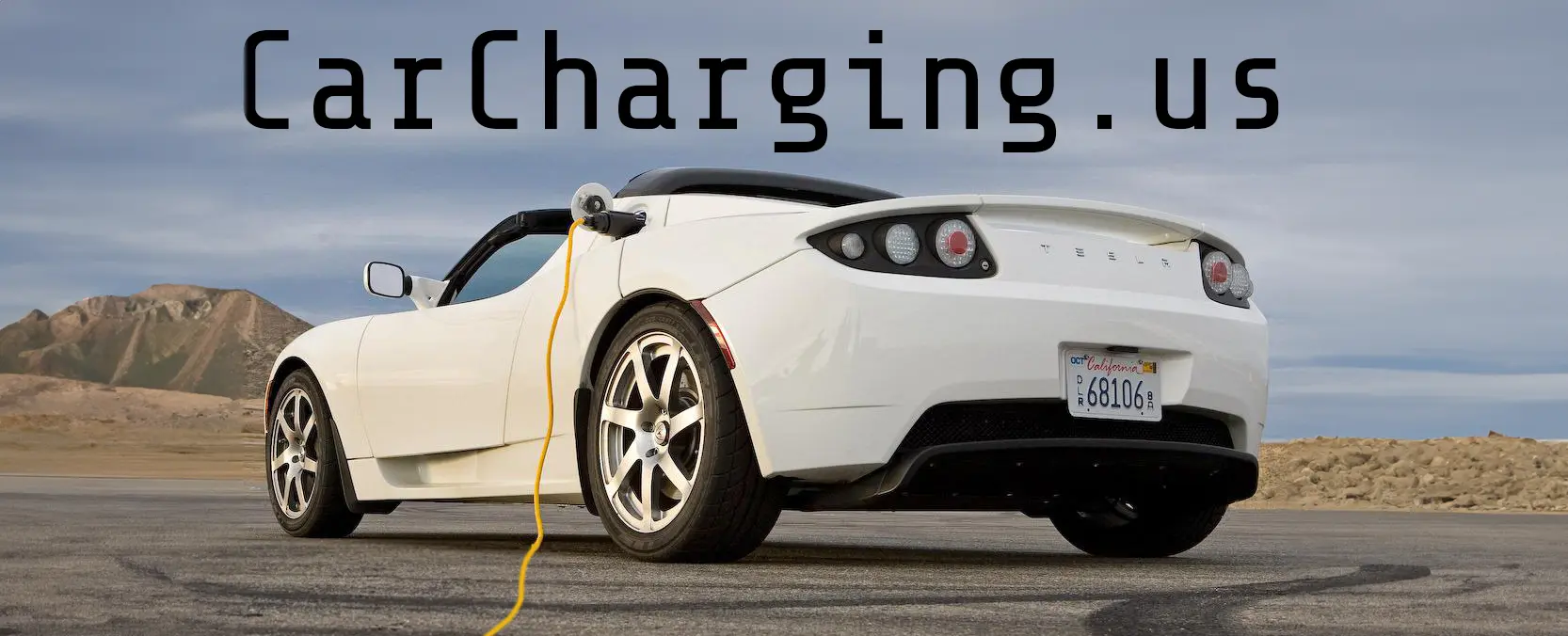Vehicle To Load

This isn't about charging, it's about anti-charging. This page talks about how to extract power from your EV.
Any EV battery has a lot of energy stored within it. A fully charged EV battery could power a fully loaded 15A/120V receptacle for well over 100 hours. As such, there are many use cases where you might want to draw power from your EV:
- As a backup power source during a storm outage
- When camping to power many devices
- On a job site as a generator replacement
- Tailgating
Many EVs are starting to come standard with 120V receptacles, and some truck EVs now have 240V receptacles. Using these is dead simple, just plug in and use.
Following is information on how to draw power from various EVs using an adapter.
You can draw 120V/20A of power from the Tesla charge port with the combination of a Tesla Gen 3 Mobile Connector and a Tesla Outlet Adapter, both shown below.

This will only work with a Gen 3 Mobile Connector, not the Gen 2. The visual difference is shown below.

This will also work with the Tesla Cybertruck, but the Cybertruck has various 120V and 240V receptacles built in.
If you have a J1772 Hyundai Ioniq 5, Ioniq 6, KIA Niro EV (Premium +), KIA EV6, GENESIS GV60, GV70 & G80, then the A2Z J1772 V2L adapter will give you 120V/20A power output, shown below.

If you have a NACS 2026 Kia EV3, EV5, EV6 and EV9, 2025-2026 Hyundai Ioniq 5, Ioniq 6 and Ioniq 9, or a Lucid Gravity then the A2Z NACS V2L adapter will give you 120V/20A power output, shown below.

If you're a bit desparate for power offtake from other Teslas, these Chinese made inverter based products should work. They have circuitry that makes the Tesla think they are a CCS charger, and the CCS protocol allows for power offtake. So these products draw DC power from the car and have an on-board Inverter to produce AC power, typically around 3 kW (a bit more than 20A at 120V). This isn't supported by Tesla but does appear to work, use at your own risk. Here are three links to various companies:
